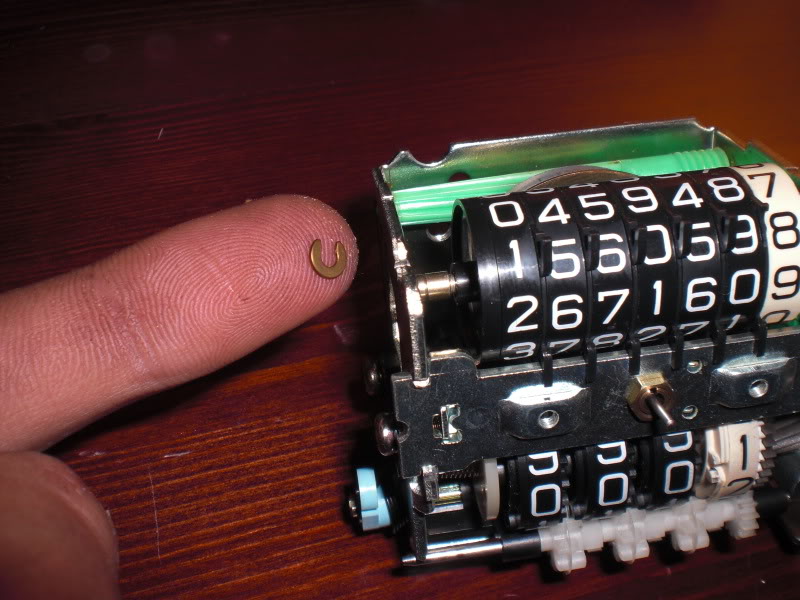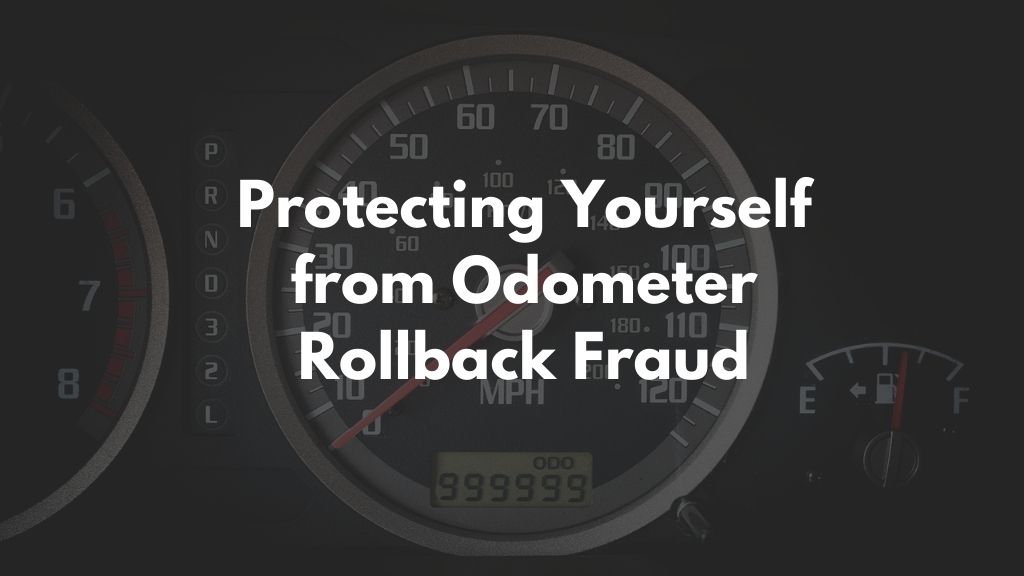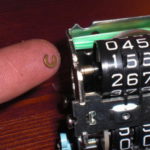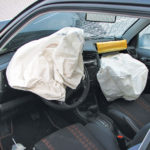Last Updated on November 16, 2020 by Jason Mason
The odometer rollback fraud is a common motor vehicle fraud committed by dealers. In order to increase the vehicle’s worth; you can find them rolling back the odometer readings. They make the car appear to have lower mileage than what the odometer’s real reading was.
What is the Rollback of an Odometer?
The odometer can be rolled-back to take hundreds or even thousands of kilometers off the number shown, just like any part of a vehicle can be changed. This reading is a significant data point for potential customers, and sadly for many years, the odometer rollback has been a trap. Back in the day, an odometer rollback meant rolling back the numbers manually on a mechanical device that tracks the distance traveled by car. Odometers have since been automated, reaching the road in the early 2000s with the last round of mechanical odometers. By eliminating the vehicle’s circuit board to adjust the odometer reading, or by using a rollback device that hooks directly into the vehicle’s electronic circuit, digital odometers may be rolled back.
Odometer Rollback Fraud
It’s not just unfair to roll back an odometer, it’s a fraud. Moreover, the majority of countries have their own consumer protection laws which provide even more protection for car buyers. Some customers misconceive that the odometer scam was lost when the mechanical odometers were updated yesterday with the automated odometers of today. How can you manipulate the computer of your car, after all?
You can be surprised to discover that it is very simple, particularly for anyone with access to certain online instruments.
How The Dealers Does It, and Why?
Auto dealerships commit fraud with odometer to market high-mileage cars that could be hard to sell. It is possible to commit odometer fraud in many ways. A dealer can, for instance, control the count physically. If a prospective customer does not understand the use of odometer fraud, they will ultimately be fixed by an unreliable car.
ODOMETER ROLLBACK COMMON SIGNS
Replaced Odometer

Many car manufacturers insert digital odometers into their cars as a norm. But digital odometers are also susceptible to manipulation. These odometers must be removed from the dashboard and forwarded to a metering shop in order to be fixed. The car itself cannot be used when a digital odometer is being fixed. Sadly, a few distributors can still run a car without an odometer.
The digital odometer may also be left unadded by a dealer’s business. When seeing scratches around the odometer region or seeing fingerprints inside the odometer, ask if the scratches have been removed for repairs.
Unusual Wear and Tear

A vehicle’s visual appearance should align with the kilometers. This may be a signal of tampering if a car, for example, has reportedly 50,000 kilometers of the odometer, but spark plugs and other wires, which are normally over 100,000 miles, look older than they should.
On average, you should build up about 12,000 miles each year on your car. An unexplained low mileage per year can be an indication of the vehicle being manipulated. While considering the driving habits of the previous owners, you still need to examine the condition of the car cautiously.
Paperwork Fraudulence
A comprehensive and well-recorded history of operation should be provided for all vehicles. The mechanic can take care of miles on the odometer if a car is fixed. If the oil is changed, for instance, the next time an oil change is required, a sticker is put on the windshield, to notify the owner.
Some businesses will want to apply incorrect readings of odometers to papers. You should take caution to buy a vehicle from this distributor if you find a service report has scratched out numbers or the reports may not fit the numbers on the odometer. A dealership may engage in odometer fraud in many other ways. A mechanic can be wise to check a car before you buy it.
How to Prevent Odometer Rollback Fraud?
The best part here is that it’s almost always possible to prevent odometer rollback fraud. It begins by investigating the vehicle and asking the seller certain questions concerning the car’s condition. These include concerns about the reading of the odometer. If the deal looks too good to be true, then your instincts are likely to be right. This is a warning sign too if the seller puts unreasonable pressure on you.
Shielding yourself from odometer rollback fraud is very easy. The following tips will help you reduce the risk of being a target of rolled-back odometer cars:
You will need to check with your local DMV office to see whether the vehicle you want to buy has any information on their record.
A VIN report is another step leading to the avoidance of vehicles with a rolled back odometer. The history of the car from the time it left the factory to the present is mentioned in this article.
Having the vehicle inspected by a certified mechanic is also highly recommended. Often choose an autonomous mechanic you trust. Don’t buy the vehicle if the dealer wants to have the vehicle inspected.
Make sure all the documents that you got from the seller have been scrutinized.
If You Get A Car With Odometer Fraud, What Can You Do?
In every state in the country, lemon laws cover new car buyers, but it is far more common for used-car buyers to get stuck with a faulty vehicle or to incur maintenance bills that cost more than the car. It always goes downhill from there for those unfortunate customers.
A surprising number of cars have rolled odometers and imprecise odometer reading disclosures on the title of the car. An argument under the federal tampering and disclosures governing odometer law is not based on a warranty, but on federal statutory requirements instead. Therefore, an erroneous mileage disclosure is actionable even when a used vehicle is sold as it is. It should be unsuccessful to try to make the buyer waive rights under federal law.
Anyone who breaches the federal odometer law in order to defraud is responsible for the attorney’s fees of the consumer plus more than $10,000 or treble real damages. The customer may be entitled to recover several minimum statutory compensation awards of $10,000 under certain situations.
Contact your local DMV office or the attorney general’s office in your county if you need help with car fraud issues.




